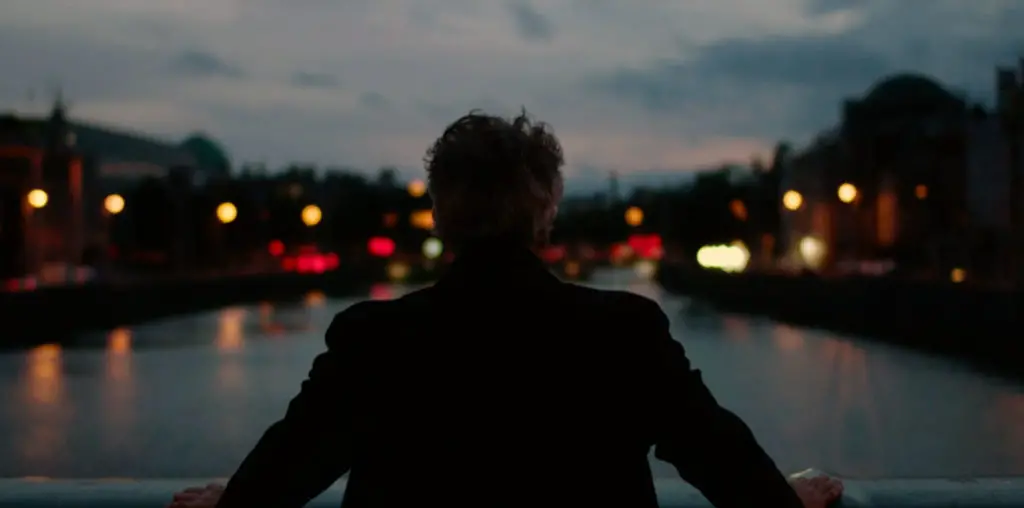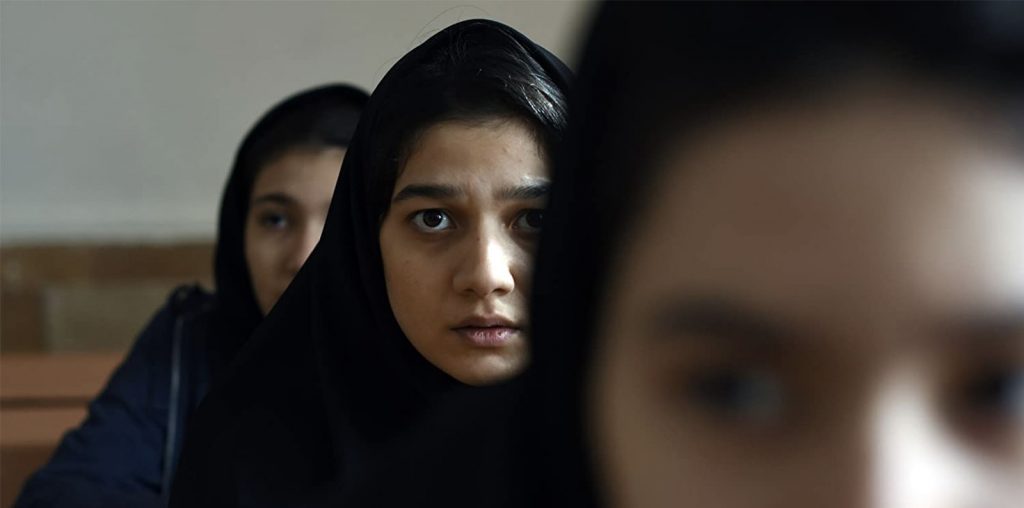
The Stand-In focuses on wannabe actor Brian, who’s finding it hard making it in the industry as he toils away at the thankless job of standing in for various actors on productions he would rather be starring in.
Robbie Bryan plays Brian in The Stand-In and he took some time with us to talk about the film, as well as his experiences as a stand-in.
Where did your journey take you when you tried to become an actor?
I had, much like the movie, been going to a small business school called Rider College in New Jersey and I was doing a play my senior year in college, “Godspell”. After the show, an elderly lady came up to me and said that I had made her laugh for the first time since her husband passed away and I thought, “What an amazing thing to be able to touch people like that,” and I made the decision to pursue acting.
You stood in for Michael J. Fox on four films, as the commentary on the DVD indicates. What films were they and what was the experience like?
The four films that I stood in for Michael were “For Love or Money”, “Life With Mikey”, “The Hard Way”, and “Bright Lights, Big City”. Originally, it was a great experience because it gave me a real hands-on experience with film sets and camera angles and things like that and Mike was a really great guy. But after a while, much like it’s portrayed in the movie, you get a sense of how replaceable and how little you are valued on the set and it does get, as I say in the movie, it gets really hard being that close to the action without getting to act. So it starts to tear away at you when you do it for a great length of time. You start to lose your enthusiasm and your hope, which is why it was time to make a movie.
Who else did you stand-in for and how were those experiences?
I stood in for Elijah Wood on “The Ice Storm”, Jonathan Tucker on “Sleepers”, and Woody Allen on “Crimes & Misdemeanors”. I’ve probably been a day player 50 or more times in movies and episodic TV where I stood in for a lot of different actors who may have worked one or two days on a film or television show.
How about an example?
Let’s say for instance there’s an episode of “Law & Order” and there’s a guy who’s got a speaking part as a pizza deliveryman who is just in one scene in the episode. They still will call me in for that day to be his stand-in to light the scenes. Similarly, that will happen in a movie as well where maybe there is someone in the movie who might be in just for a day or two and they still require him to have a stand-in.
How did you put “The Stand-In” together?
Myself and Daniel Margotta, who’s Paulie in the movie, talked about doing this film for about two years and I was sort of inspired by an indie filmmaker, Pat Coppola, who basically raised the money on his own and filmed two indies by himself. So we talked about the idea for The Stand-In, I wrote the screenplay, and then formed the company, Good to Be Seen Films.
Good to Be Seen Films? How did that name come about?
The name is based on a saying that my Mom, who was in a nursing home for 8 years before she passed away, used to say when I came to visit her. I would say, “Hey Mom, it’s good to see you.” And she would say, “It’s good to be seen.” Even to this day, on her gravestone, “Good to be seen” is on there.
How did it go with setting up the budget?
We had originally budgeted the film at a million dollars, but after a conversation with Scott Mosier, who’s Kevin Smith’s producer, he had convinced me that, “You’d be surprised what you could shoot for just a little money,” so we lowered the budget to $400,000, which included the shooting budget, which was $250,000. So, I got a few small investors and one of the actors came aboard with a substantial amount of money, but at that time, we only had about $90,000 of the 250 grand that we needed.
What then?
I went to my father and asked him if he could help because otherwise, the film would never get made and he responded by selling his retirement stocks and putting them into the film. At that point, some of the investors were talking of pulling out and we faced the prospect of losing Judith Ivey to another project if we delayed any longer, so my now-wife Christie, who was my girlfriend at the time, asked her family to put up their house, which they did. And so at that time, we had enough to start principal photography. Unfortunately, our ex- producer ended up stealing the money and one investor pulled out at the last second, so we faced the prospect of starting to shoot the movie with not enough to get through principal photography and we basically had to make a decision to risk it or risk losing more investors and losing Judith. We decided to roll the dice.
The interview continues in part two of ROBBIE BRYAN TAKES A STAND>>>


